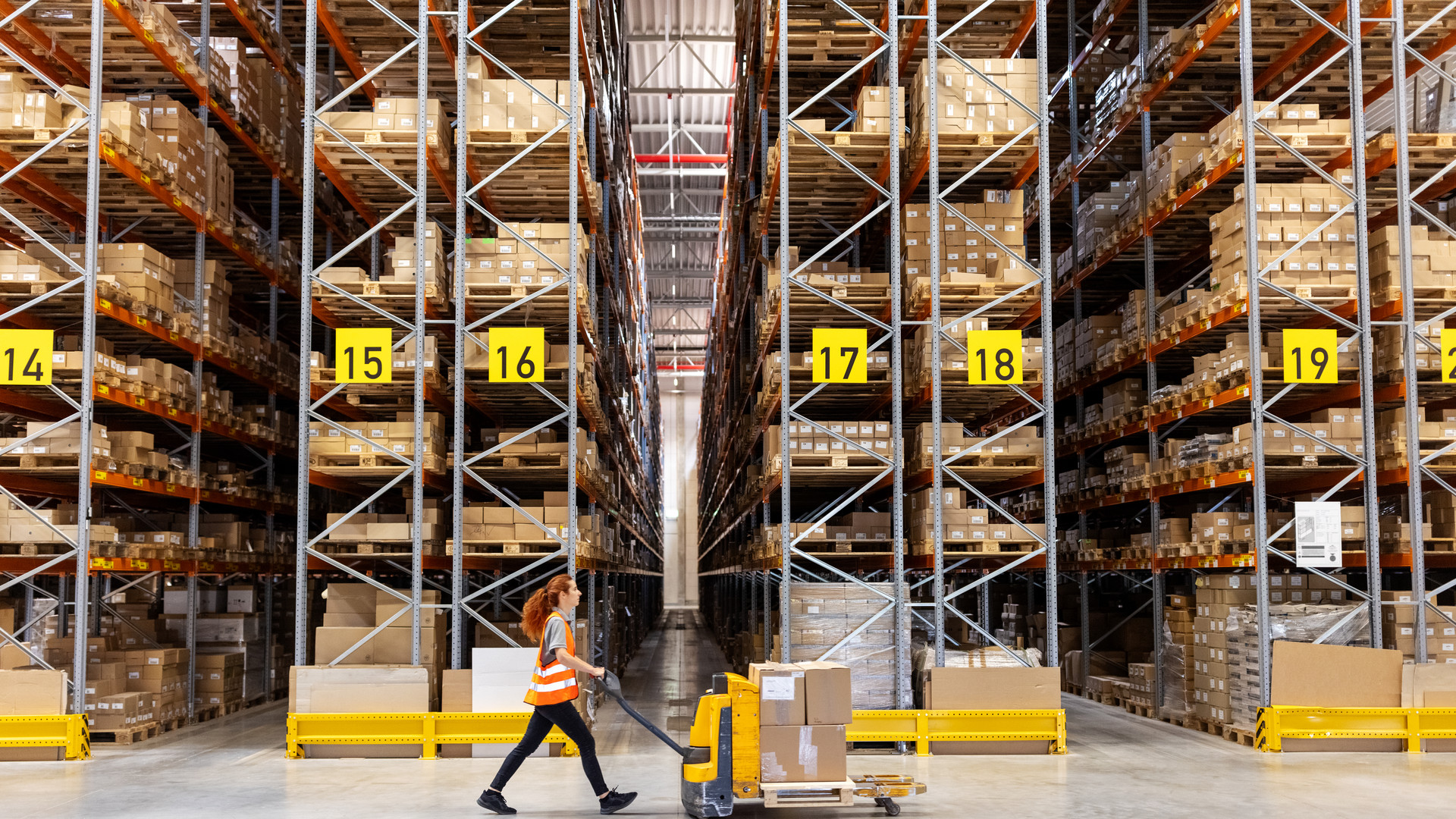4 best practices for the global supply chain of the future
Supply chain resiliency has been a longstanding focus within the industry, and now its commanding greater attention from governments, too. An inaugural White House council in November focused on improving resilience to mitigate disruptions — an attribute companies have long made a priority.
Strengthening U.S. supply chains is a global, complicated effort in which one broken link in the chain can create chaos for all others.
Purely domestic supply chains are almost nonexistent in today’s economy, and while many companies have moved some sourcing out of China and closer to home to de-risk themselves, it isn’t that simple. With global supply chains featuring multiple international touchpoints, there are many factors to consider across today’s tightly integrated networks.
Consider the case of semiconductor manufacturing, one of the most sought-after capabilities in the global economy. Taiwan, South Korea, Japan, the U.S. and China are the major players who now find themselves at the mercy of multiple sweeping regulations like the U.S. CHIPS Act, European Chips Act and the Japan-U.S. Commercial and Industrial Partnership.
Canada also launched a National Supply Chain Office on Dec. 1 to become more competitive globally. These moves are designed to catalyze multinational coordination across borders and even oceans.
As global governments over-attune to the criticality of ensuring consumers and businesses can access the goods they need, now is the time for supply chain leaders across the public and private sectors to align on best practices to ensure smooth, continued operations in the face of disruption. By learning from early governmental movers, other countries can help progress collective action toward more reliable delivery of goods.
1. Consult global experts
Addressing supply chains’ vulnerabilities and shaping their future resilience requires expertise that spans public and private institutions worldwide. Rather than presuming unilateral solutions, governments should collaborate with leading international organizations that offer on-the-ground global perspectives.
For instance, the Institute for Operations Research and Management Sciences counts industry executives, academics and government agency leaders within its ranks, wielding particular influence in applying analytical approaches like optimization and AI to supply chains and weighing in on policy discussions.
The Association for Supply Chain Management also boasts a broad network of supply chain professionals and recently launched a new digital standard for its Supply Chain Operations Reference model that defines best practices for the integrated management of supply networks. Collaborating with groups like ASCM and INFORMS taps into the on-the-ground experiences of those grappling with global complications and across the sectors needed for the best collaborative response.
Breaking down silos across agencies enables all parties to have a hand in decision-making. A fuller understanding of global supply chain interdependencies emerges by coming together internationally across public and private domains. Collective critical thinking on durable strategies and win-win policies follows.
2. Prioritize data analytics
An advanced data-sharing infrastructure increases visibility into global supply chain flows so leaders can make more informed, confident decisions faster. Historically, most supply chain data has been siloed and maintained manually because of legacy systems and functions.
By digitizing operations, global players can have a greater pool of data for analysis, which makes it possible to leverage the tremendous benefits of analytics and artificial intelligence to improve supply chain decision-making. While AI has dominated the news cycle for the past year, it isn’t a cure-all for supply chain issues. Importantly, AI cannot deliver the C’s: derive context from data, collaborate or provide a conscience.
3. Support small businesses’ technology maturation
Smaller companies are often the most vulnerable links within global supply networks, which can also make them the hardest to monitor. Visibility is more challenging to achieve when you get down to the second, third and fourth tiers of supply chains, where mom-and-pop shops quickly start to dominate.
The White House’s council rightly called out small businesses as an essential link in the chain — they often lack financial flexibility and specialized expertise to readily implement advanced tools. Strengthening this segment of the supply chain will also strengthen the overall economy.
The Small Business Administration having a seat on the White House’s council will help. Still, governments can take it a step further by creating funding programs and providing resources specifically targeted for small business adoption of supply chain data analytics and optimization platforms. The socioeconomic benefits from increased resilience outweigh the costs.
4. Increase sustainability through planning
CDP’s Global Supply Chain Report shows that supply chains account for 92% of an organization’s overall greenhouse gas emissions, contrary to assumptions that the biggest footprint is in their direct operations. Common steps to increase supply chain sustainability are to source from a more environmentally friendly supplier or use electric vehicles for the last mile.
Orchestrating sustainability efforts across a supply chain from end to end means up-front strategizing. If a company makes too much of a product and has excess inventory, there’s an emission and energy cost to delivering and storing it at warehouses. There’s also an economic cost to trashing the excess inventory to avoid paying for storage, in addition to the wasted energy involved in the original manufacturing.
Consumer goods, industrial and high-tech companies have been leading the way in practices to sustainably manage demand and supply just to survive in their markets. Companies and countries looking to improve their sustainability efforts should take a look at the playbooks of those sectors to achieve their goals.
Now that governments like the U.S. and Canada have formally commissioned groups devoted to improving supply chains, companies worldwide can start acting in concert with them. As global supply chains face rising disruption risks, coordinated efforts built on best practices offer the clearest path to safeguarding the industry's future.
This article was written by Polly Mitchell-Guthrie from Supply Chain Dive and was legally licensed through the DiveMarketplace by Industry Dive. Please direct all licensing questions to legal@industrydive.com.
